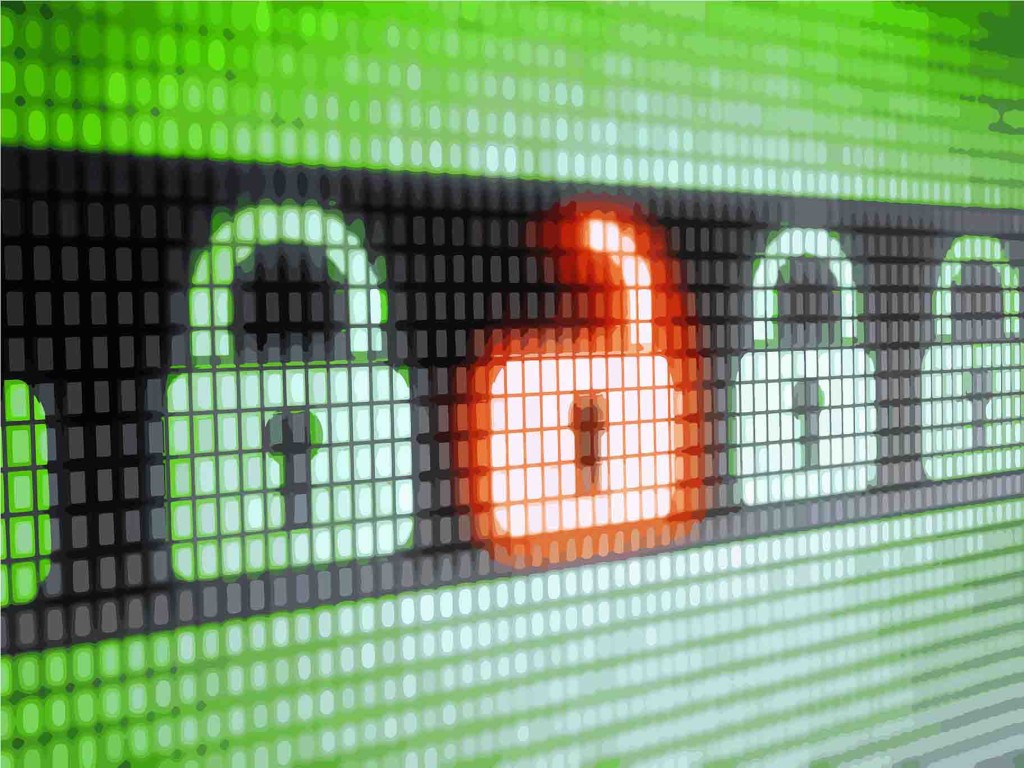
Today more than ever passwords are the main focus of a person’s security in the digital realm. After creating a password most of us like to have our home PC / laptop or mobile device just store the password so we can move on with our lives. And often enough that new password is something familiar like a pet’s name with our birth year tacked on to really confuse the bad guys out there. Unfortunately this is the issue with so many passwords that we love to use.
On average there are about three different password conventions that are extremely common place:
- Abcd1234 – One uppercase, three lowercase, and four digits.
- Abcdef12 – One uppercase, five lowercase, and two digits.
- Abcdefg12 – One uppercase, six lowercase, and two digits.
If any of these seem even vaguely familiar then it is time that you step up your password game and create a new one!
There are plenty of good rules to follow when it comes to making a strong password and unfortunately for us it is probably going to end up a big mess of letters, numbers, and symbols. But do not fear the messy password! If you end up with a huge mess of a password it only means you are on the right path to having a strong password. Here are a few DOs and DON’Ts to help you get started.
DON’TS
- use any kind of word! This rule applies to names, slang, fictional or foreign words, or anything that might resemble a word with a few changes like case or digits replacing letters.
- use acronyms! LOL, USA, and NYC are all acronyms and should never be used. Even obscure acronyms that you might find the teens using today to text each other are not safe.
- think that password checkers are safe! These primarily check for length of the password and if there are letters or symbols, not the actual content of the password.
- always place digits next to each other. This is a common place practice for most people creating passwords, for example; years (1996), ages (21, 13), and significant or special numbers (1337, 316, 777)
- use strings of letters that are adjacent on the keyboard or in the alphabet. Examples include; abcd, qwerty, ;lkj, and zyxwv
DO’S
- create a password that is greater than eight characters long. The longer a good password is the better. As of right now my average password length is 16 characters but if you are not comfortable you can start smaller.
- try to avoid using a letter, especially uppercase, for the first character.
- try to create an acronym that is unique. This is one of my favorite parts of password creation. Start writing sentences and choose the first letter of each word to help create an acronym that you will remember easily.
- …try to use multiple special characters in the same password. Special characters can be hard at times to fit into a password but if you can include at the very least two you are off to a good start.
Enough DOs and DON’Ts let get see some examples to help us get started.


